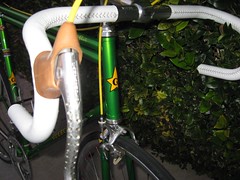
This One is Done in WhiteThread White Leather Ciclo Di Cuoio on 3ttt Handlebars & Stem
Originally uploaded by Ciclo Di Cuoio /Cycle Leather+Vintage Pro Bicycles

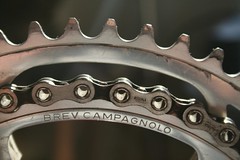
| Fausto Coppi's 1952 race bike |
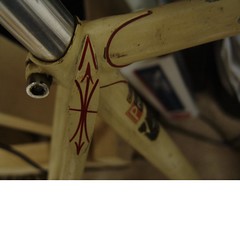
 Ron CooperRon has been building frames since he was fifteen years old, starting in 1947 when he began a full apprenticeship at A.S. Gillott Cycles, London, England. He learned his craft from the finest frame builders in England, most notably Jim Collier. He was an avid racing cyclist, and the enviable skills Ron acquired at A.S. Gillott were paralleled by his accomplishments on the road. He was selected for the National Cycling Team, The R.A.F. Cycling Team, and later, for the London Center Team in the 1952 Tour of Britain (Milk Race). |

| Who We Are Columbine Cycle Works began as many small businesses do. An idea became a hobby, the hobby became an obsession, the obsession a way of life. John and Richard Murphy founded Columbine in 1979 with the goal of producing one of the finest bicycles in the world. To build a good frame was not enough. It would be durable, handle superbly and look spectacular. For this ideal, the rugged mountain wildflower, the Columbine was chosen to be the name. The Columbine is distinctive among the high alpine flowers. Its' color, stature and unique beauty are stunning to behold. This striking flower became the symbol for the quality, beauty and special character found in every Columbine frame produced. In a world of cookie-cutter styling, Columbine bicycles stand out as a statement of individuality, personal expression and a passionate pursuit of the craft. | 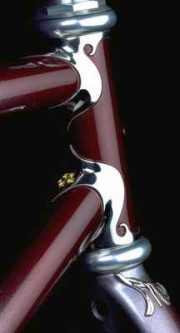 Columbine Custom |
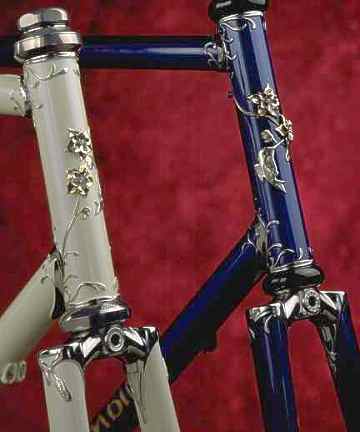 Ultra "Columbine Twins" | The Nature of Custom |